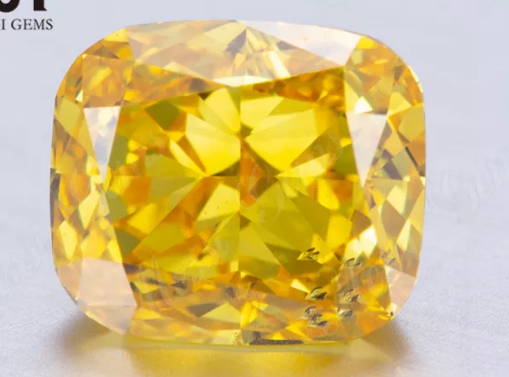The world of jewelry has been revolutionized by the advent of laboratory-grown diamonds. These marvels of modern technology have transformed the diamond industry, offering an alternative to natural diamonds. In this article, we will explore the fascinating world of laboratory-grown diamonds, their creation process, and their impact on the jewelry market.
- What are Laboratory-Grown Diamonds? Laboratory-grown diamonds, also known as synthetic diamonds or cultured diamonds, are diamonds that are created in controlled laboratory environments. They possess the same chemical and physical properties as natural diamonds, with the only difference being their origin. Instead of forming deep within the Earth’s crust over millions of years, laboratory-grown diamonds are produced through advanced technological processes in a matter of weeks or months.
- The Creation Process: The creation of laboratory-grown diamonds involves two primary methods: High Pressure-High Temperature (HPHT) and Chemical Vapor Deposition (CVD). In the HPHT method, a small diamond seed is placed in a chamber and subjected to intense heat and pressure, replicating the conditions under which natural diamonds are formed. In the CVD method, a diamond seed is exposed to a carbon-rich gas, which causes the carbon atoms to crystallize and form a diamond layer.
- The Advantages of Laboratory-Grown Diamonds: One of the main advantages of laboratory-grown diamonds is their ethical and environmental footprint. As they are created in a controlled environment, there is no reliance on mining practices that can have detrimental effects on ecosystems and communities. lab grown diamonds color.Additionally, laboratory-grown diamonds offer a more affordable option compared to natural diamonds, making them accessible to a wider range of consumers.

- Quality and Characteristics: Laboratory-grown diamonds exhibit the same brilliance, clarity, and durability as natural diamonds. They are graded using the same criteria as natural diamonds, including the 4Cs: cut, color, clarity, and carat weight. With advancements in technology, laboratory-grown diamonds are now available in a variety of shapes, sizes, and colors, offering endless possibilities for jewelry designs.
- Market Impact: The emergence of laboratory-grown diamonds has disrupted the traditional diamond market. They provide consumers with an ethical and sustainable choice, aligning with the increasing demand for responsible and conscious purchases. Many jewelry brands have embraced laboratory-grown diamonds, incorporating them into their collections alongside natural diamonds. This shift in consumer preferences has encouraged transparency and innovation within the industry.
- Future Outlook: The future of laboratory-grown diamonds looks promising. Continuous advancements in technology and production techniques are expected to further enhance the quality and availability of these diamonds. As consumers become more environmentally and socially conscious, the demand for laboratory-grown diamonds is likely to increase, shaping the landscape of the jewelry industry.
Conclusion: Laboratory-grown diamonds have emerged as a remarkable innovation in the jewelry world. With their ethical production methods, comparable quality to natural diamonds, and increasing popularity among consumers, they have become a viable and exciting alternative in the market. As technology continues to evolve, laboratory-grown diamonds are set to continue captivating the jewelry industry, offering a dazzling and sustainable choice for those seeking the beauty and allure of diamonds.